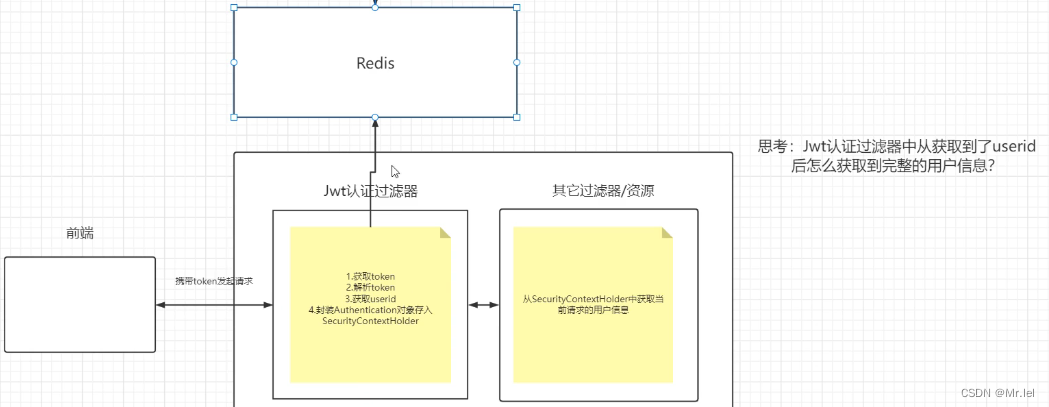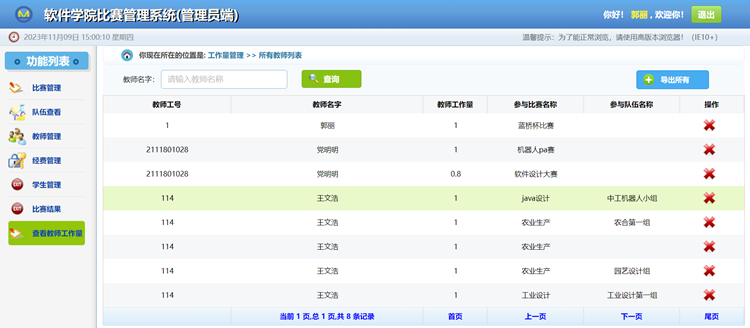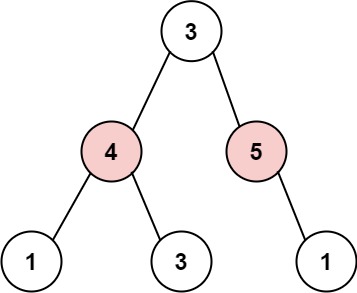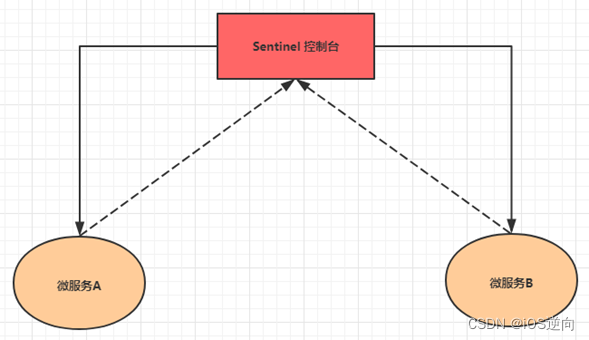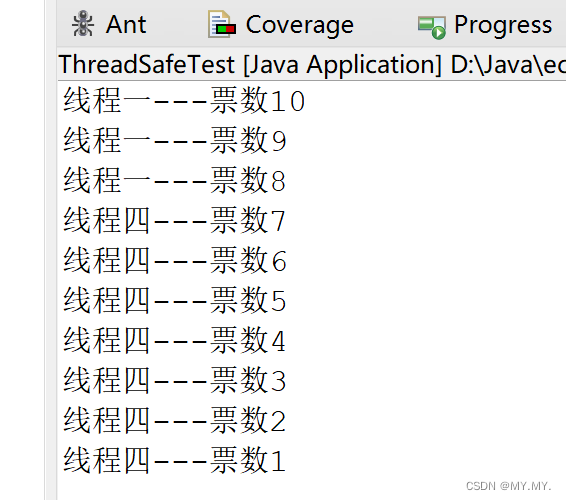来源:2016 IEEE journal
Cai B, Xu X, Jia K, et al. Dehazenet: An end-to-end system for single image haze removal[J]. IEEE transactions on image processing, 2016, 25(11): 5187-5198.
GitHub - caibolun/DehazeNet: DehazeNet: An End-to-End System for Single Image Haze Removal 有官方代码,用C++实现的(等同于没有,我没法复现)DehazeNet: An End-to-End System for Single Image Haze Removal (caibolun.github.io) 作者自建了网页,有补充资料
Q:一个深度学习的代码可以用C++实现???
文章目录
- 1、Abstract
- 2、Related Work
- 2.1 the atmospheric scattering model(环境散射模型)
- 2.2 Haze Relevant Feature
- 3、Thinking
- 4、看图说话
- 环境散射模型
- 模型框架
- 控制变量定模型细节
- 定量结果
- 定性结果
1、Abstract
补充知识
- Haze removal is a challenging ill-posed problem. Existing methods use various constraints/priors to get plausible dehazing solutions.
- The key to achieve haze removal is to estimate a medium transmission map. 去雾就是要估计介质传输图
本文工作
- DehazeNet takes a hazy image as input, and outputs its medium transmission map that is subsequently used to recover a haze-free image via atmospheric scattering model.
- the layers of Maxout units are used for feature extraction, which can generate almost all hazerelevant features.
- propose a novel nonlinear activation function in DehazeNet, called bilateral rectified linear unit, which is able to improve the quality of recovered haze-free image.——应该不是作者提出的 BReLU,而是将一种方法引入进来使用并做了对比。
2、Related Work
2.1 the atmospheric scattering model(环境散射模型)
也可以表述为:physical corruption model(物理退化模型)
I ( x ) = J ( x ) t ( x ) + A ( 1 − t ( x ) ) \pmb{I}(x)=\pmb{J}(x)t(x)+\pmb{A}(1-t(x)) I(x)=J(x)t(x)+A(1−t(x))
I(x):the degraded hazy image 有雾图
J(x) :the target haze-free scene radiance 真值图
A:the global atmospheric light 大气光
t(x):the medium transmission map, which is dependent on the unknown depth information. 介质透射/传输图
t
(
x
)
=
e
−
β
d
(
x
)
t(x)=e^{-{\beta}d(x)}
t(x)=e−βd(x)
d(x):the distance from the scene point to the camera深度图
β
\beta
β:the scattering coefficient of the atmosphere 环境散射因子
A
=
I
(
x
)
,
d
(
x
)
→
∞
\pmb{A}=\pmb{I}(x),d(x)\rightarrow \infty
A=I(x),d(x)→∞
A = max y ∈ { x ∣ t ( x ) ≤ t 0 } I ( y ) \pmb{A}= \mathop{\max}_{y\in \{ x|t(x)\leq{t_0}\}} {\pmb{I}(y)} A=maxy∈{x∣t(x)≤t0}I(y)
To recover a clean scene (i.e., to achieve haze removal), it is the key to estimate an accurate medium transmission map.
2.2 Haze Relevant Feature
暂略,没仔细看
3、Thinking
1、作者把工作讲得很细致,看到了一名理工科博士生的素养,详尽准确,对每一个选用的模块都要进行对比论证。
2、做了很多对比实验,一张表格背后是非常多组实验,做科研不易。
4、看图说话
环境散射模型

图一:雾天拍照过程和环境散射模型。
相机采集到的有雾图光来源可分为两部分:原物品穿过雾透射的光 + 大气光。
Q:大气光为什么要乘上 1-t(x)?
模型框架

图二:DehazeNet的网络结构分为特征提取、多尺度映射、局部极值、非线性回归。
因为目前不复现该论文,只看看作者用了什么结构就好,细节略。

控制变量定模型细节

比较了Maxout 和另外两种激活函数的收敛速度,说明选用 Maxout 更好。
Q:特征提取时的激活函数叫低维度映射,而非线性回归阶段叫激活函数?
Q: F 1 F_1 F1 和 F 4 F_4 F4 分别是什么?网络结构介绍部分有说,大概就是特征提取层和最后的非线性回归层各自的结果,参照表格1。
定量结果

BR:写的MSE、SSIM指标有点离谱,过拟合了吧?

表五:Coefficient系数|Artlight环境光|Scale尺度|Noise噪声鲁棒性评估和MSE的关系
定性结果

图十:反眩光的图像增强效果

图十一:DehazeNet重建的除雾图和深度图

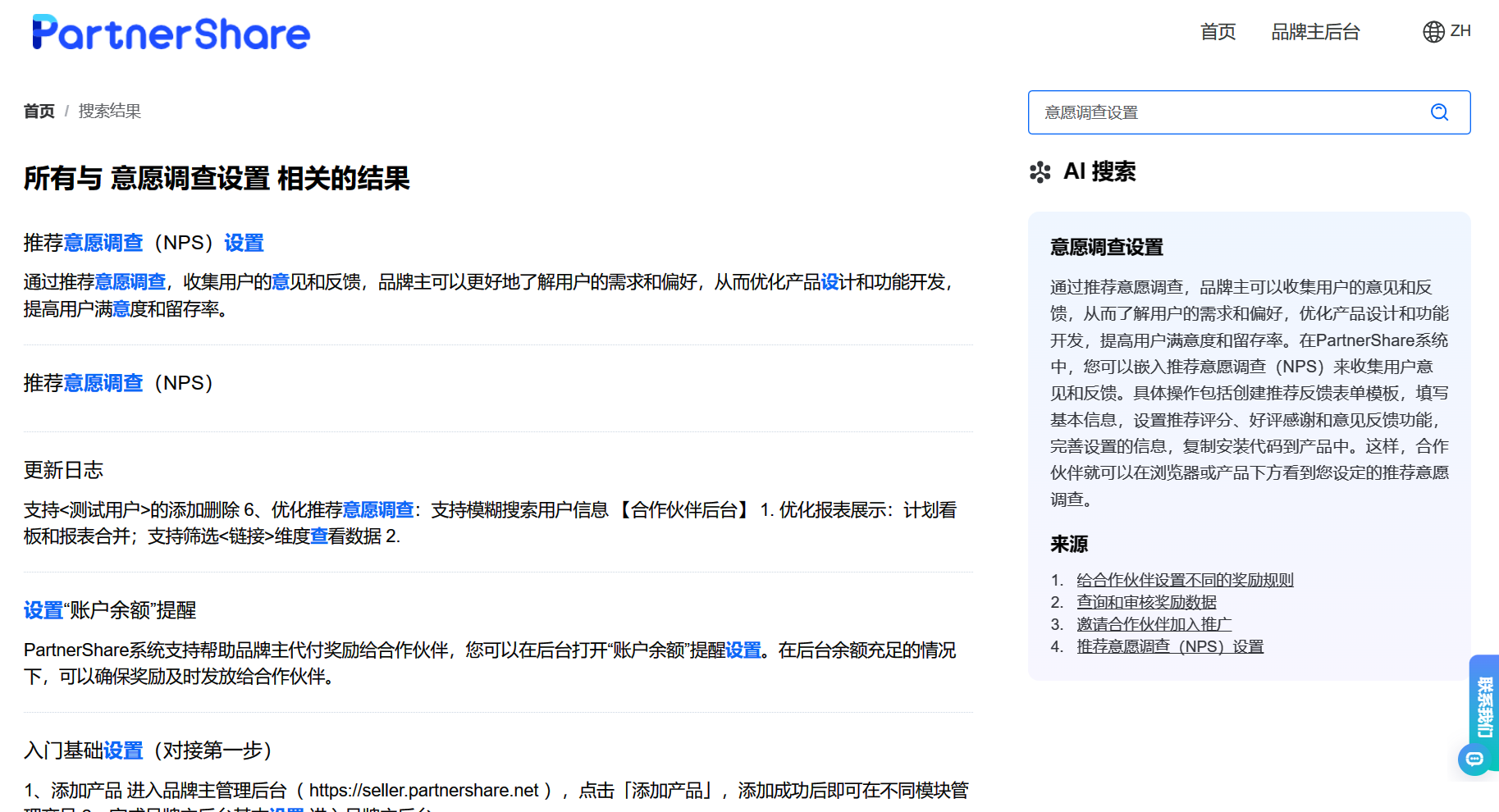



![14.Tomcat和HTTP协议-[一篇通]](img/doge.jpg)



